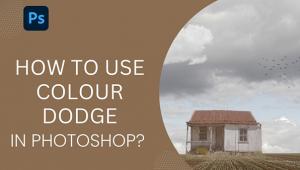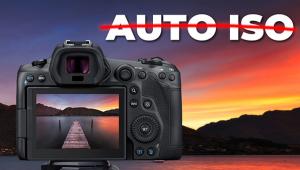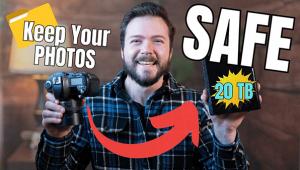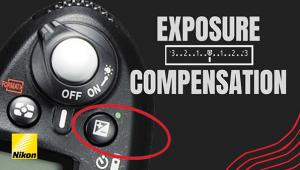Digital Help
Q&A For Digital Photography Page 2
Making The Move From A 35mm SLR To A Digital SLR
Q. Now that the camera makers offer digital SLRs with
8-megapixel quality at affordable prices, it is time to shift from film to digital.
Some questions, however, remain in my mind.
1. I currently use a Canon EOS Rebel G with a zoom lens that is easy to use
and provides quality results. Will this lens also work on the new EOS Digital
Rebel XT? Are there any
serious limitations?
2. In the past, when I purchased a lens, I have always purchased a "UV
protector" to go over the front of the lens. I continue to believe that
protection for the front element of the prime lens is still important, but is
a UV protector best for a digital camera?
3. When shooting film I (on occasions) use a polarizer. With a digital camera
is there still a need for using a polarizer?
4. In addition to a lens protector, a polarizer, and a cable release are there
any other important items I should consider when I purchase my first digital
camera?
I apologize for these unsophisticated questions, but I usually only buy a new
camera about once every 20 years.
Lou Albers
A. 1. Your Canon EOS Rebel G lens should work with the EOS
Digital Rebel XT. But remember that the XT's smaller than full 35mm frame
sensor size makes the lens half again as long, so setting a 50mm focal length
will be like using 75mm on a 35mm film camera. I would definitely recommend
getting the XT with the "kit" 18-55mm Canon lens. It adds little
to the price while providing a practical zoom range and good image quality.
2. The only protection of value afforded by a UV filter over a lens is to the
profit margin of the seller. If hit, glass filters over a lens can shatter and
drive shards into the front element of the lens. Use the Canon lens cap when
the camera is not in use, and a Canon lens shade for your lenses provides more
protection from damage and assures you don't get lens flare that can ruin
image quality.
3. Polarizing filters are just about the only effect you cannot apply after
shooting a picture using Photoshop editing. However, not all polarizers work
with digital, so be sure to purchase one recommended for use with your new digital
camera.
4. The two essential accessories beyond those you mentioned are CompactFlash
memory cards. I prefer smaller 512MB cards because they provide about the most
storage per dollar spent, and it allows having at least two, just in case you
misplace one. The other accessory I find essential is a USB Reader to use to
download images to a computer from the CompactFlash cards.
Good luck, and enjoy.
- Log in or register to post comments


































